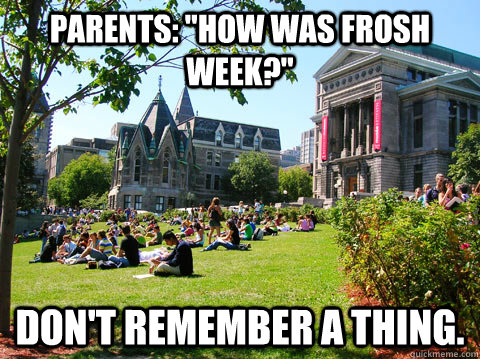 |
| The blue building in the center is the Freedom House |
Visiting DMZ was very important to me because of my grandfather's service as a part of the UN after the Korean War. I wanted to better understand him. But before I go on, it's important to know that Koreans are not allowed to go to DMZ (unless they have special permission), and can only view North Korea at a place called Imjingak (which is really just a lookout post and doesn't allow anyone to actually touch North Korean soil). This is partly to deter defectors, partly to maintain citizen safety, and also due to laws passed by NK.
 |
| Where we were being monitored |
I took a tour with the JSA (American Military) because the information and access is better than other tours. The tour started at 8am (ugh) and was led by a beautiful tour guide who took this job in order to learn English (double ugh, as we got to hear words like 'Barb wire' be pronounced as 'Bubble Ile"). We went straight to Camp Bonifas, where we were briefed on the history by perhaps the fastest speaking man in the world. Then we took a separate bus and drove along the grounds whilst hearing tales of deers getting blown up by the surrounding mines.
 |
| The Bridge of No Return (Instagrammed) |
We started at the Freedom House, where we were able to see where important officials had come together in order to form treaties and make other important decisions. While the tour was being given, we could see NK soldiers watching us through binoculars and we were warned that they were photographing us. We were then able to step on NK soil (cement) for a few minutes.
The JSA tour guide then led us to the Bridge of No Return. When the cease-fire was signed after the Korea War, prisoners of war were given the choice of remaining in the country they were captured in, or crossing over the bridge knowing they could never change their minds.
 |
| Propaganda Village (Instagrammed) |
The next stop brought us to a lookout tower. This tower allowed us a view of Propaganda Village. After the war, SK and NK both built villages in view of each other to try to entice citizens to defect and come over. To live in the SK village is considered a great priviledge. The citizens are given tax cuts and great amounts of land. But this comes with many restrictions, including a curfew. Propaganda Village in NK is completely empty, except for the people who periodically come in to repaint the windows and homes. At the center of the village is the largest flag in the world, a remnant of a competition between SK and NK on who could built the largest flag. This battle to best each other also brought about a rule restricting the heights of buildings.
After the lookout, we were handed back to our guide and taken to the public areas of DMZ. We went to another high outlook, which allowed us a view of trees and random farms in NK (woot). There was a line painted on the platform which we were not allowed to cross, which made for a fairly dull place to visit.
 |
| A photograph showing the discovery of one of the tunnels |
We then headed to our last place on the tour, the Third Tunnel. We visited an interesting museum that looked at the history of the tunnels built by the NK underneath the border. Although they deny it, an unknown amount of tunnels have been built and only 8 have been uncovered by SK. The 3rd Tunnel is open to the public, and allows you to put on a dashing hardhat and proceed down a steep tunnel for 15 minutes, then along a flat cramped portion for another 15 minutes. At the end you can view one of the walls built by the SK to block the tunnel. The entire experience is fascinating and truly tests ones ability to deal with tight spaces 73 meters below ground. Then another test on your thighs as you make the climb back up while trying to stifle your loud breathing.
At the end of the tour we were treated to a nice lunch with about 40 elementary students. We ended up being pretty lucky because our tour guide was able to sell us some NK beer which had been banned. The beer was much better than the chemical North Korean Blueberry Wine I got in Imjingak. I tend to prefer my alcohol to not taste like it had been flavored with cleaning products.
The whole experience meant a lot to me (as you may be able to tell by this enormous post), and I felt like I had been given the chance to understand my grandfather just a little bit better. I recently found his memoirs on Korea and he experienced some terrible and amazing things. He really loved Korea, as I have come to as well.




